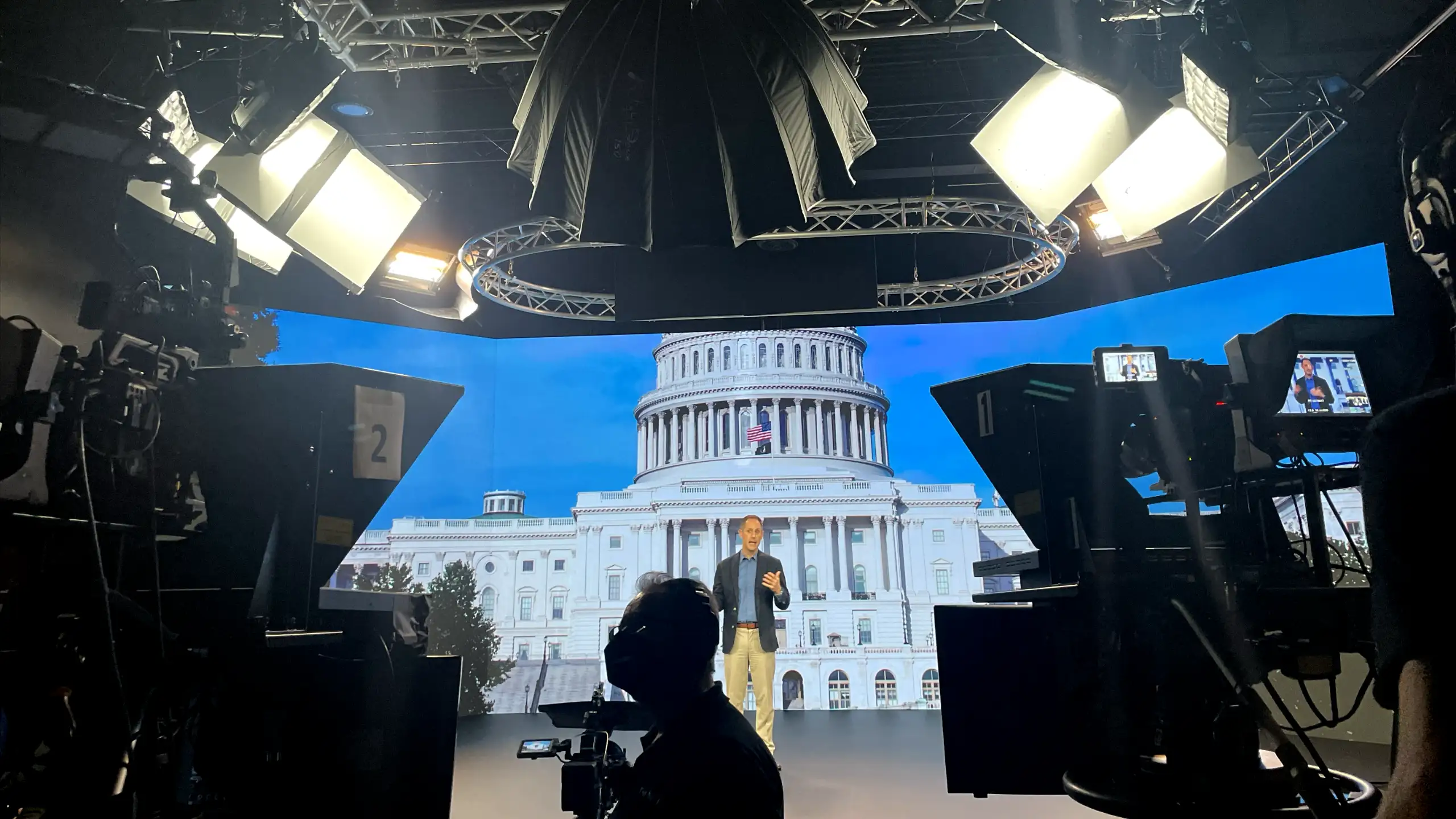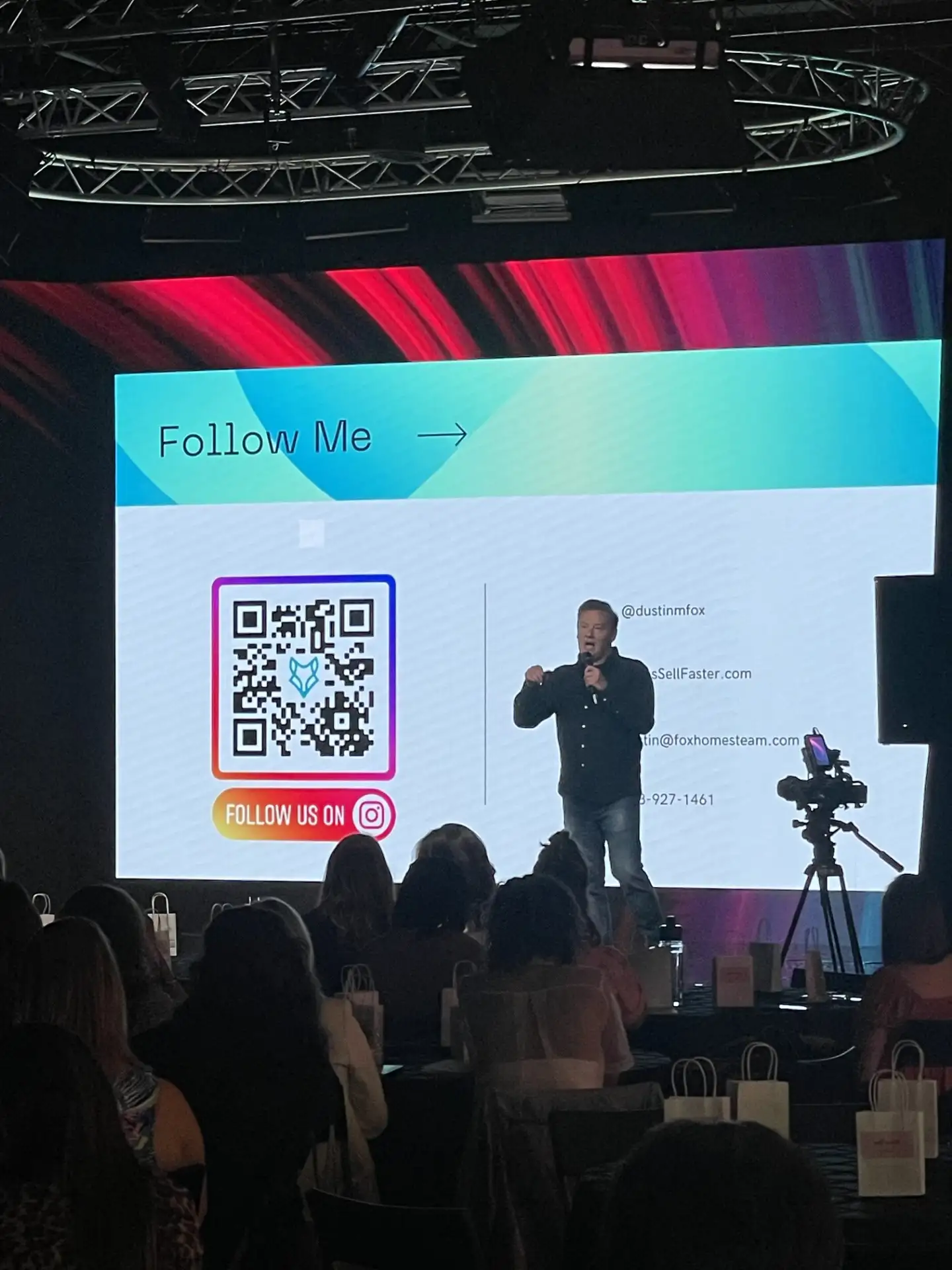Training Video Production: A Step-by-Step Guide
Training videos are an essential tool for creating a dynamic, effective, and engaging learning experience that resonates with employees and ensures they retain important information. The process of producing a training video, however, can be daunting, especially if you’re new to it. Because it is educational and needs detailed information, pre-planning is extremely crucial in its success.
As a video production company in Washington, DC that has produced plenty of training videos, we will walk you through the steps in creating high-quality training videos that will set your employees up for success. Of course, you may need to hire a professional production company to produce the video
1. Planning
The first step in the process of training video production is planning. This involves defining the goals and objectives of the video, creating a script, and setting up a storyboard. During this stage, also decide on the type of video you want to create, whether it’s a screencast, whiteboard animation, live-action, or a combination of these.
2. Pre-Production
Once you have a script and storyboard, it’s time to bring your vision to life. Pre-production includes tasks like scouting for locations, hiring actors (if necessary), and organizing props and equipment. Ensure you have everything ready before moving to the next stage.
3. Production
The production stage is where the magic happens. This is where you capture the footage and sync audio, making sure everything is in the right place. It includes setting up equipment and shooting the video, which can take several hours or days depending on the complexity of the video. During this phase, ensure you follow the script and ensure everything is captured.
4. Post-Production
Post-production is where everything comes together. It includes tasks like editing, adding sound effects, background music, and color correction. This stage involves making sure the video is polished and ready for distribution, which may involve adding captions and subtitles, creating a thumbnail, and converting the video to different formats.
5. Distribution
Once your video is ready, it’s time to distribute it to the target audience. This involves deciding on the distribution channels, such as social media, the corporate website, or email. Also, ensure you track how the video performs so that you can make improvements for future videos.
Summary
Training videos are essential for educating employees on processes, products, and procedures. With the right planning, pre-production, production, post-production, and distribution, training videos can be an immersive and engaging tool for improving employee knowledge and retention. As you embark on your next training video project, remember to follow these steps for the best results.
Given TriVision’s extensive experience in producing various training videos and digital educational material for various businesses, government agencies and educational institutions, we can be your production partner in creating effective and engaging videos that resonates with your target audience. Reach out to us at [email protected]













